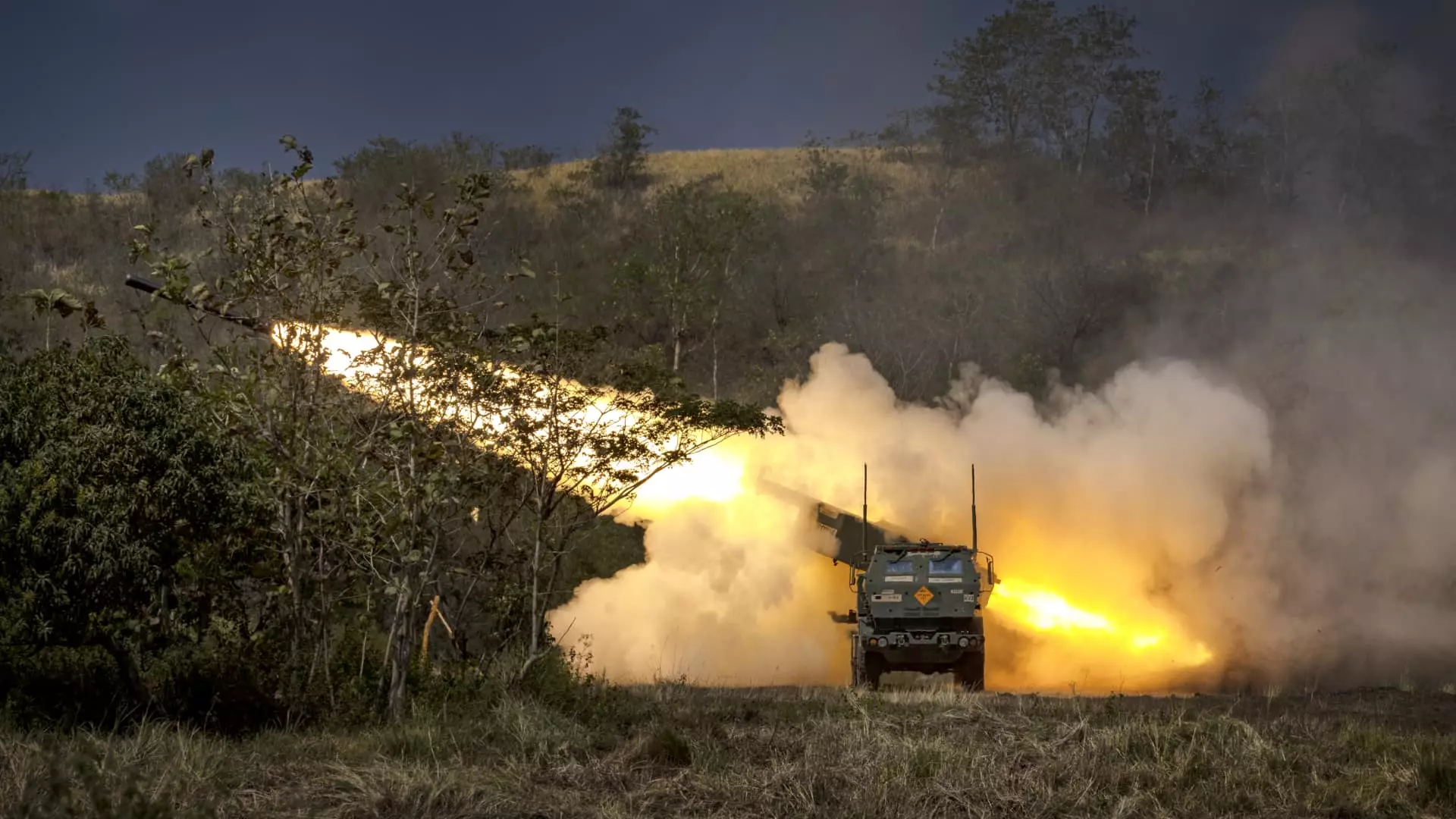The geopolitical landscape of Southeast Asia is being reshaped by the increasing military presence of the United States in the Philippines, particularly through the deployment of advanced weaponry such as the Typhon missile system. Despite vocal protests from China, the United States has no immediate plans to withdraw this mid-range missile system, which was introduced during joint military exercises earlier this year. The decision not to retract this capability underscores the U.S. commitment to maintaining its strategic foothold in the region amid escalating tensions, particularly concerning Taiwan and the South China Sea.
This strategic decision aligns with America’s goal to bolster alliances with key regional partners while also forming a deterrent against Chinese aggression. The Philippines, due to its geographical positioning—specifically its proximity to Taiwan and the contested waters of the South China Sea—serves as a crucial staging ground for any potential military action involving U.S. forces. The Typhon system, equipped with cruise missiles capable of reaching significant distances, exemplifies the advanced military technology that the U.S. is deploying to solidify its offensive and defensive capabilities in the region.
China has been vocally opposed to the deployment of the Typhon system, framing it as an act of belligerence that exacerbates the arms race in Asia. Beijing’s officials have articulated strong concerns regarding the strategic implications of this military presence, as reflected in statements emphasizing the perceived threat to national and regional security. The rhetoric from Chinese government officials characterizes the U.S. actions as attempts to destabilize the status quo, instigating a cycle of distrust and escalation within this volatile region.
In response to this military buildup, the Philippines has found itself navigating a complex web of diplomatic engagements. While the Philippine government reassures its Chinese counterparts that the deployment of the Typhon system does not constitute a threat, the strategic calculus remains clear: maintaining this military capability serves as a reassurance against potential Chinese hostility in the South China Sea. This tactical positioning not only aims to augment the Philippines’ national defense but also works to send a clear message to Beijing regarding Manila’s resolve to protect its territorial rights.
As tensions rise, Philippine officials have signaled that they are re-evaluating their military cooperation with the United States in light of potential conflicts in the region. Active training with the Typhon missile system is reportedly ongoing, and discussions are being held regarding the duration of its presence. The Philippine Army has stated that decisions on the deployment length will primarily hinge on U.S. military determinations. This level of foreign military involvement illustrates the complexities of national sovereignty and security in the face of an assertive neighbor to the north.
A Philippine government official disclosed that the Typhon is being evaluated for its effectiveness in a potential conflict scenario, emphasizing the operational readiness that such deployments entail. It is noteworthy that, while the system is intended to be mobile and adaptable, its extended presence raises questions about the long-term strategic goals of both the Philippines and the United States in the context of evolving regional dynamics.
The U.S. military strategy in the Indo-Pacific signals a significant pivot in defense posturing as it seeks to address China’s growing military capabilities. Reports have indicated an increase in the purchase of advanced missile systems, such as the SM-6 and Tomahawk missiles, signifying a deliberate attempt to level the regional military capabilities and counter China’s established presence in the South China Sea.
China’s military enhancements—particularly the military installations on artificial islands—represent its response to U.S. moves in the region. The island fortifications serve as both a deterrent to adversaries and a foothold for asserting territorial claims. However, these actions have also invited increased scrutiny and criticism from the international community as Beijing attempts to assert dominance over disputed maritime territories.
The deployment of the Typhon missile system in the Philippines reflects the broader geopolitical tensions in Southeast Asia, characterized by power struggles between the U.S. and China. As both nations navigate their military and diplomatic strategies, the Philippines stands at a critical juncture, balancing its historical alliances with the U.S. against the rising pressure from China. The evolving military landscape requires astute decision-making to ensure national security while maintaining regional stability. Without question, the future of U.S.-Philippine relations and the broader Indo-Pacific security paradigm will be shaped by these complex interdependencies and emerging threats.


Leave a Reply